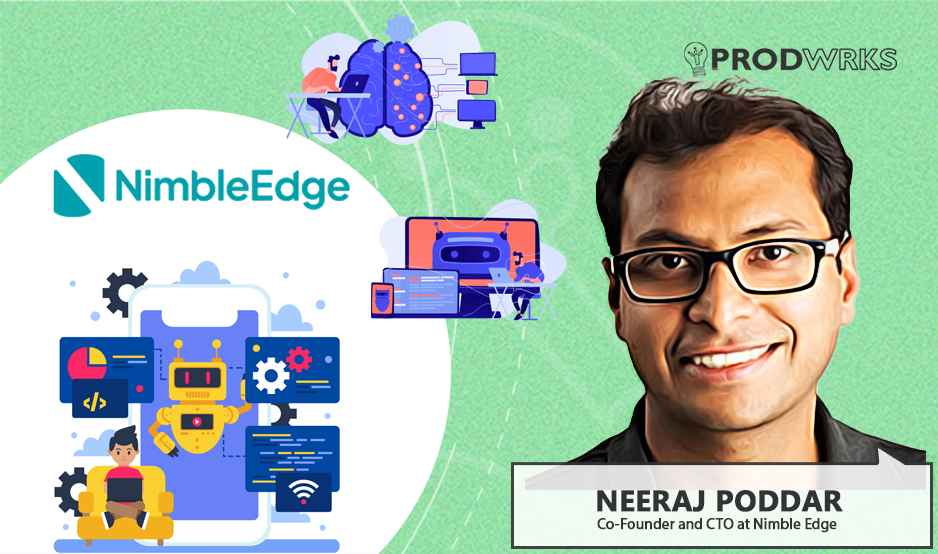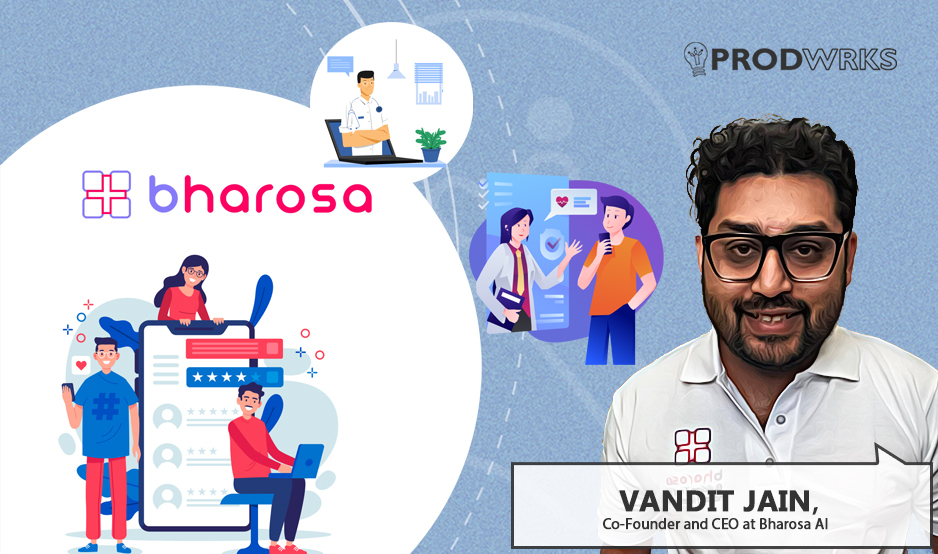
In a landmark move, the U.S. National Science Foundation (NSF), in partnership with Capital One and Intel, has announced a $100 million investment to establish five new National Artificial Intelligence Research Institutes and a central community hub.
These institutes will focus on high-impact areas including mental health, human-AI collaboration, STEM education, materials discovery, and drug development—domains that stretch far beyond the “AI chatbot” headlines we usually see.
“Artificial intelligence is key to strengthening our workforce and boosting U.S. competitiveness,” said Brian Stone, performing the duties of the NSF director. “Through the National AI Research Institutes, we are turning cutting-edge ideas and research into real-world solutions and preparing Americans to lead in the technologies and jobs of the future.”
From Idea to Impact
This $100M bet carries a deeper lesson: ecosystem-level investment in AI is not just about technology—it’s about translating research into scalable solutions, ensuring adoption, and building talent pipelines.
Each institute is designed with a clear product-like roadmap:
- NSF AI-Materials Institute (Cornell University): Building an AI-powered “Materials Science Ecosystem”—a cloud portal where LLMs, experimental data, and simulations come together to accelerate material innovation. Think of it as building a platform product with multiple integrations to unlock new use cases.
- NSF IFML (UT Austin): Doubling down on generative AI foundations. Their past work powered Google’s diffusion models (Stable Diffusion 3, Flux). Next phase? Expanding AI into protein engineering and clinical imaging—proof that product-market fit evolves and must keep adapting.
- NSF iSAT (University of Colorado Boulder): Created AI teaching partners already used by 6,000+ middle school students. Their pivot to a semester-long curriculum signals a scaling phase—turning early traction into a sustainable, systemic product offering.
- NSF MMLI (UIUC): Fast-tracking molecule discovery with AI agents that design drugs and catalysts. A classic case of AI as an enabler for new category creation—where product-market fit equals life-saving innovation.
- NSF AIVO (UC Davis): Building the community layer—a virtual hub that connects researchers, government, and industry. For product builders, this reinforces how community infrastructure is not a “nice-to-have” but a growth engine.
- NSF ARIA (Brown University): Tackling the holy grail of next-gen AI assistants—adaptable, safe, and user-first. Their challenge mirrors any product leader’s: moving from functional to truly human-centric design.
Key Implications
The NSF model underscores three critical takeaways:
- Long-Term Ecosystem Building Pays Off – The AI Institutes were first launched in 2020; today, they’re scaling with proven impact. Products too need that long view—early bets, sustained support, and iterative scaling.
- Public-Private Partnerships are Catalysts – Intel and Capital One’s involvement shows how corporates and governments co-invest to accelerate innovation. India’s product ecosystem can benefit from similar partnerships that bring research, startups, and corporates onto the same platform.
- From Research to Real-World Solutions – The institutes aren’t chasing vanity metrics; they’re solving real problems—drug discovery, STEM learning, sustainable materials. For Indian founders, this is a reminder that products win when they solve urgent, high-value problems.
The Bigger Picture
This initiative aligns with the White House’s AI Action Plan and Executive Order 14277 on advancing AI education. But beyond policy, it’s a product story in action—how visionary investment, community building, and interdisciplinary collaboration can turn deep tech into tangible impact.
For India, which aspires to become a global product powerhouse, the lesson is clear:
- Invest in foundational innovation,
- Build the ecosystem scaffolding, and
- Ensure the product journey—from research to adoption—stays focused on serving people and markets.



